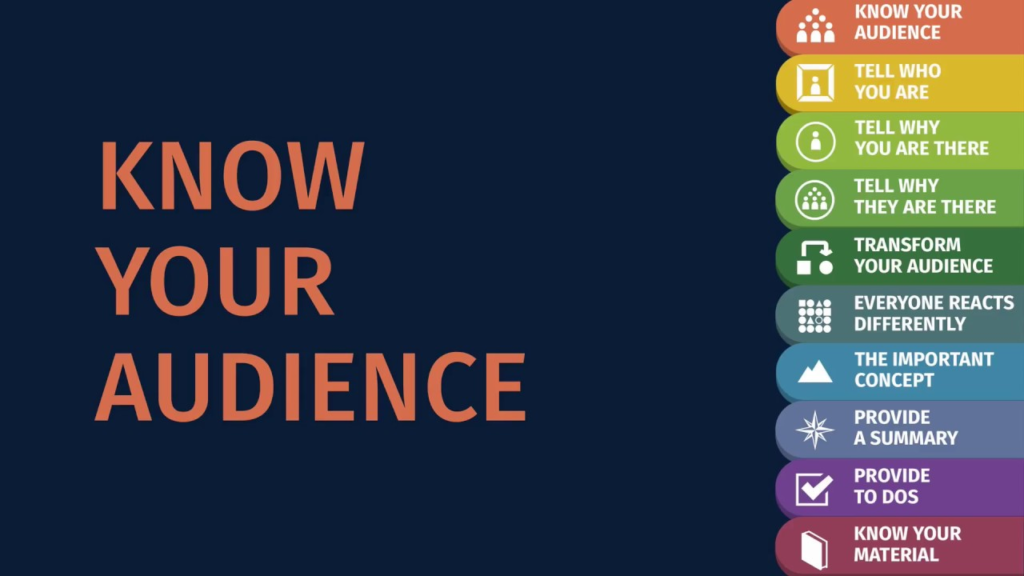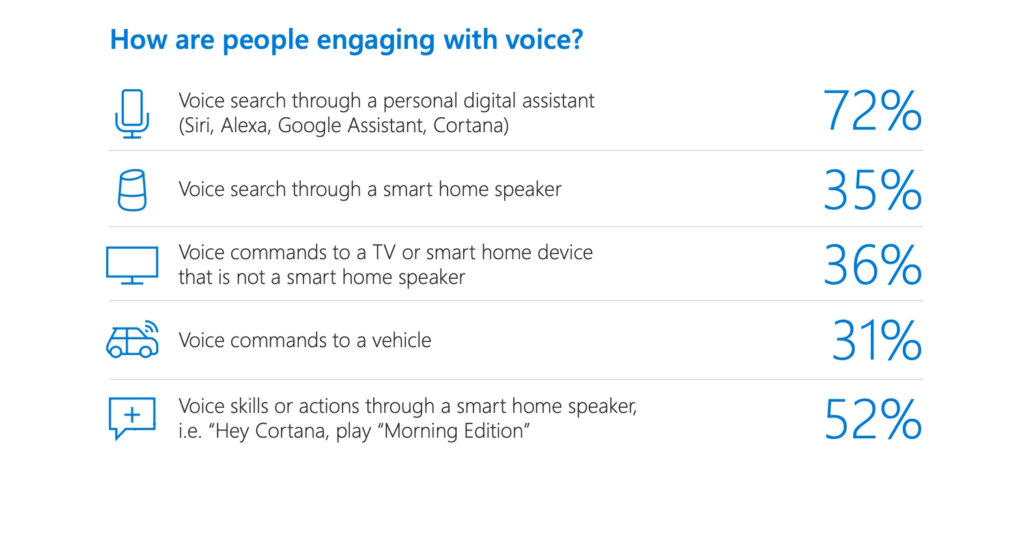10 Tips to Build the Best Content Strategy for Mobile Apps

Developing a mobile app is a strong asset for any organization in a world that is becoming increasingly mobile-centric. Although it is not required, it is an excellent complement to your company plan that may broaden your reach and boost client retention, standing you apart from the competition.

About 45.4% of the population, or approximately 3.5 billion people, use cell phones today. In this context, it becomes indispensable for a business to have a user-friendly website that looks great on mobile devices if it wants to be successful. Therefore, a great content strategy for mobile apps is no more a matter of choice but a necessity.
Importance of a Content Strategy For Mobile Apps
As the proprietor of a mobile application, you must develop a connection with the app’s users. This association and its strength are strongly dependent on the underlying drug. A mobile application that can entice and retain users provides the firm with direct access to an audience already aware of the brand, allowing them to develop lasting relationships.
This can only be achieved if the audience finds something of value in the app. So, how should you build the right content plan for your mobile app? Read on for our ten mobile app content strategy ideas.
10 Mobile App Content Strategies
1. Know everything about your potential audience.
Knowing your audience is among the most important parts of a good content plan. This is the basis of any good strategy for marketing an app, and the same is true for your mobile app content strategy.
You can create relevant content when you know your audience, not just as a group of clients but as unique people with their own needs, pain points, and interests. Knowing your audience can help you shape your content strategy for mobile apps. For example, if your audience likes one social network over another, you could add sharing buttons for that network to your app so that people can easily share it.

2. Ensure your mobile app has good quality, detailed content.
If your app is accessible to mobile users, as a content provider, you should be aware that Google may direct consumers to your application if its content meets their needs. Depending on the users’ needs, the brief material may not always be sufficient. The reader may need more information that may aid them. You should include detailed information because it allows you to discuss a topic in greater detail.
In recent years, Google has modified its search algorithm to utilize “content quality” or the reliability of the content as ranking considerations. The likelihood that someone will read your 1,000-word article depends on a few factors, for example, the topic, the user’s search intent, the market, and the article’s relevance to the user’s search.
Regardless of the length of the piece, the opening two paragraphs—what journalists term the “lead”—capture the readers’ attention. This portion of your content is vital on mobile apps because users have shorter attention times and are likelier to move away if they’re not impressed.
3. Your mobile app’s visual interface must be user-friendly
The design of any mobile app presents a unique issue that each app developer must consider. Mobile devices are getting smarter and have many functions, but they are still lacking in some ways.
So, visual interface elements need to be made with more care and attention when the screen size is smaller.

First, think about your UI elements. This includes menus, buttons, pop-up boxes, and anything else that makes your site work. Build them, so they are clear and easy to see by using colors that are different from each other and visual separators like lines and boxes.
In the same way, your content needs to look sporadic. Short, punchy paragraphs, a lot of white space, bold headings, and other elements all help make a content plan that is easy to read and, as a result, more interesting. If you optimize your app well, more users will stay with you.
4. You can steer and improve your content strategy by using metrics.
One of the best things about a mobile app is its complete analytics features that let you track and watch what your users do online. Likes and shares are an excellent measure of how well something is doing. But you should also consider other things that show if your audience is enjoying your content and participating.
Take the bounce rate as an example. This reflects how long a user spends on a page before exiting; therefore, a low bounce rate is desirable. Your bounce rate can go down if your content is easy to read and understand. This means that paragraphs should have no more than two or three sentences; there should be a lot of blank space; headings and subheadings should be clear, lists should be bulleted, and so on.

In the same way, your copy should be as simple as possible. To make your posts easy to read (and, more importantly, understand), use brief phrases and avoid needless words.
Also, visual elements help keep people on a page. Use pictures, videos, and infographics to spice up your content writing and keep people interested. Lastly, keep in mind that load speed is one of the most crucial things to keep people on your page. Users will leave your site if it takes too long to load, so don’t make them wait; cut load time wherever you can.
5. Remember to optimize your mobile app for touch screens.
Mobile users act in very different ways. This means you must ensure the user experience works well with touch. Mobile users usually only use one hand to navigate, so make sure you place buttons in a way that considers this. It is critical to reduce the number of hand gestures and actions users must perform to fulfill a goal or navigate through the app. This includes putting buttons where the thumb can easily reach them.

Usability will also improve if the number of screens or tabs users have to move through is cut down. It can be frustrating to hide your content in a complicated user journey. Users can find what they want with the help of “hamburger menus” and other navigation tools.
6. Optimize your voice search around keywords.
How do you use your phone to search the web? 71% of internet users prefer a voice search or using a virtual assistant. Because of this, you need to change your keyword strategy for mobile content marketing.

Instead of using common keywords like “car repair in Delhi” or “best book review websites,” try to use more natural-sounding key phrases. Think about “car repair services near me” or “what’s the best website for a book review?”
7. Optimize your content according to the app.
If you want to make great content, it’s not enough to know what your audience does online. Additionally, you must recognize that distinct businesses want distinct content. Contests and quizzes are more likely to be effective for e-commerce sites. However, case studies and white papers are best for B2B marketers.
Understanding what your audience wants and creating SEO-friendly content based on that will be of great assistance when it comes to recycling content across various marketing platforms. By alternating content between social media, newsletters, e-books, and blog articles, you can ensure that each content receives maximum attention and enhance your overall approach.
8. Avoid unnecessary content
Consumers’ attention spans have decreased. Smartphone users’ attention spans are significantly shorter. This implies that if several components are on the screen, your app users are less likely to be diverted from the core action you want them to start.
9. Limitations should be clearly stated.
Setting restrictions for your app’s content is crucial. This isn’t a limitation—it may assist you and your team create clean app content.
10. Generate a buzz around your app’s launch.
Your app’s launch is an incredible moment to get attention, particularly on industry blogs and related media outlets. Burst campaigns are the greatest way to develop a new app’s user base. Media exposure is perhaps the best strategy to promote your software and increase organic downloads over time.

Wrapping Up
If you plan your mobile app strategy carefully, you’re more likely to get results and meet or exceed your marketing goals. Not everything can be solved just by knowing whom you’re writing for. The above-mentioned ten mobile app content strategies can help you with this. You can make the best content strategy for mobile apps if you find the correct combination of quantity, quality, SEO, and usefulness.
Latest Blogs
Learn how to rank on AI search engines like ChatGPT, Perplexity, and Gemini by optimizing your content for authority, structure, and relevance. Stay ahead in AI-driven search with this strategic guide.
Explore the best healthcare SEO services for your medical practice. Improve online visibility and effectively reach more patients in need of your services.
Discover top social media agencies specializing in banking solutions, enhancing financial services and driving engagement.
Get your hands on the latest news!
Similar Posts

B2C Marketing
5 mins read
Top Choices for Best Content Marketing Services in B2B Industries

Artificial Intelligence
5 mins read
How A Lead Generation Specialist Can Use AI-Powered Content Funnels to Drive Conversions

Artificial Intelligence
4 mins read